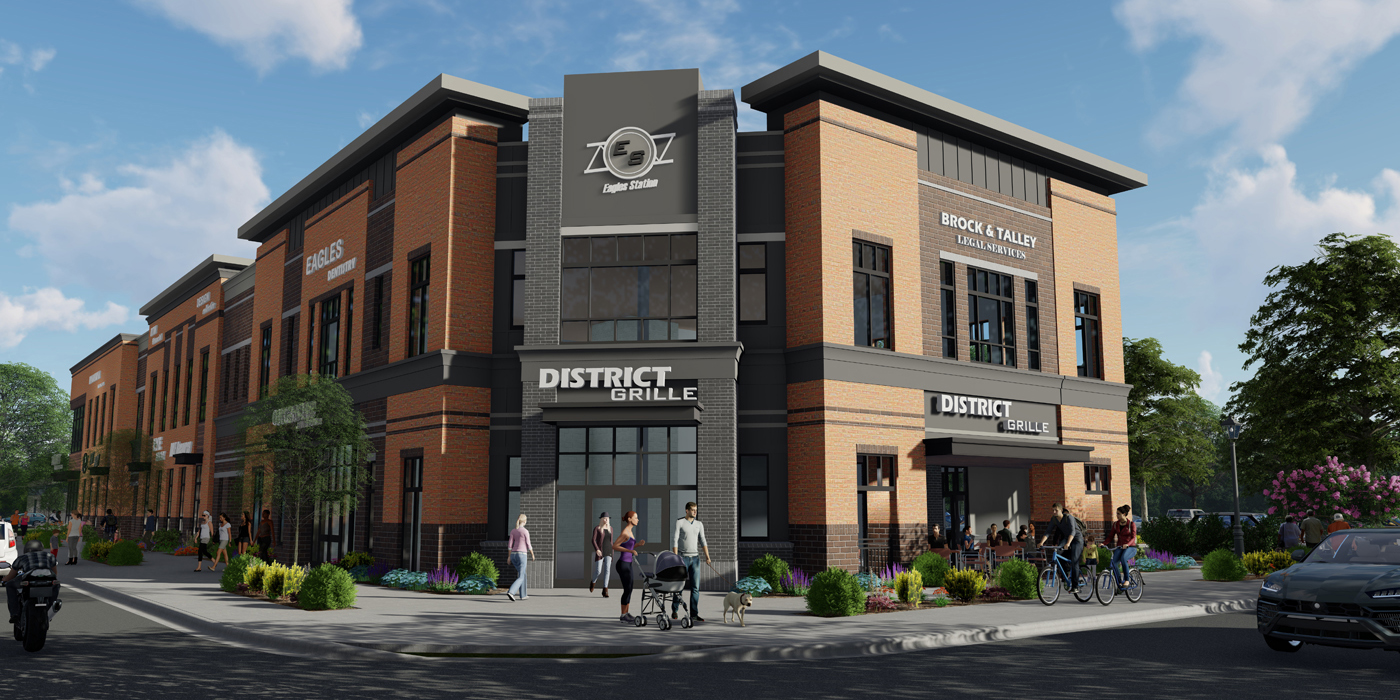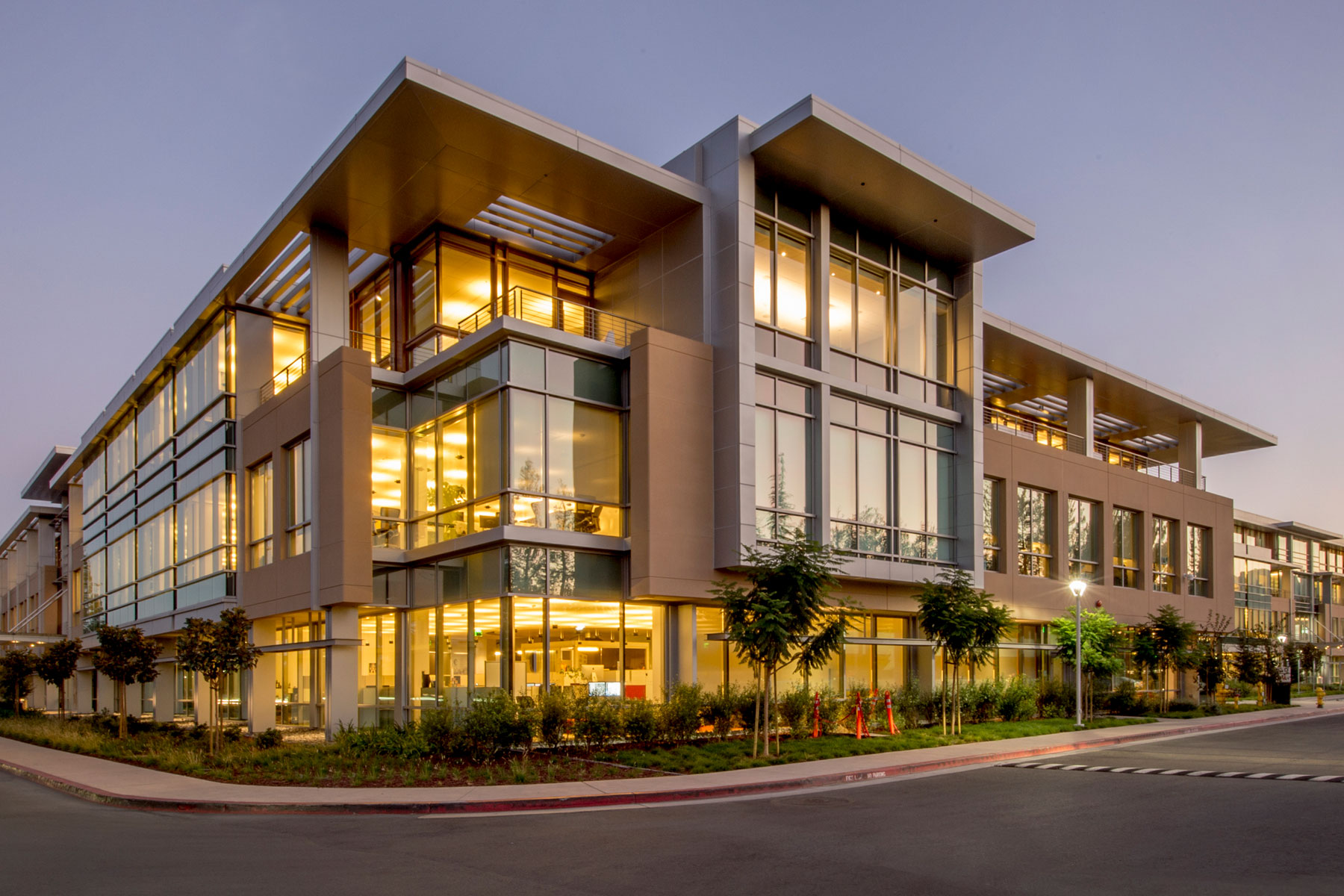Introducing the Comprehensive Services Supplied by Commercial Architects for Modern Dope
Commercial Architects serve a critical feature in modern advancement projects. They blend style aesthetic appeals with functionality while adhering to governing needs. Their expertise prolongs beyond plain building and construction, incorporating lasting techniques and innovative modern technologies. As they navigate complicated zoning regulations, Architects work together with various stakeholders to bring visions to life. This diverse strategy increases concerns regarding the progressing role of Architects fit contemporary spaces and the impact of their work with future advancements.
Understanding the Function of Commercial Architects in Modern Developments
In modern city landscapes, Commercial Architects play an essential function fit functional and visual areas that satisfy varied company demands. Their know-how expands past plain design; they navigate complex zoning regulations, developing codes, and environmental regulations. By teaming up with customers, they determine specific requirements, making certain that each job lines up with the client's vision while likewise considering sensible aspects such as sustainability and cost-effectiveness. Commercial Architects are skilled at integrating cutting-edge modern technologies and products into their layouts, enhancing both the performance and power effectiveness of buildings. They perform comprehensive website analyses to evaluate the potential challenges and opportunities offered by a location. In addition, effective communication with professionals and other stakeholders is vital, guaranteeing that the task advances smoothly from conception to completion. Inevitably, Commercial Architects are crucial in developing spaces that not just accomplish sensible objectives yet additionally add to the total character and vibrancy of metropolitan settings.
Principle Design: Transforming Ideas Into Fact
Concept layout functions as an important stage in Commercial style, where cutting-edge style services arise from imaginative brainstorming. This procedure relies upon collaborative ideation, uniting varied perspectives to improve and enhance first ideas. As ideas materialize, they transform from abstract notions right into substantial building truths.
Ingenious Style Solutions
Changing ideas right into truth is the hallmark of ingenious style remedies in Commercial style. These remedies mix imagination with functionality, resolving the special needs of modern developments. By leveraging innovative technologies and sustainable practices, Architects craft spaces that are not just visually appealing but also reliable and versatile. Emphasis on individual experience drives the layout process, ensuring that atmospheres foster performance and collaboration. Each task benefits from a tailored approach, where ideas are thoroughly established to show the client's vision while considering future fads. Cutting-edge style options additionally prioritize adaptability, permitting adjustments with time as organization demands advance. Ultimately, these methods improve the overall value of Commercial spaces, making them essential in today's competitive landscape.

Joint Ideation Process
Collaboration functions as the foundation of the ideation procedure in Commercial design, fostering creative thinking and innovation amongst diverse stakeholders. Architects, clients, designers, and neighborhood members involve in vibrant conversations, making sure that all perspectives are taken into consideration. This inclusive method permits the exploration of numerous design principles, encouraging special options that align with the task's vision. Via workshops and conceptualizing sessions, ideas advance and improve, changing initial ideas right into concrete styles. Innovation additionally plays a critical function, with tools such as Structure Info Modeling (BIM) assisting in real-time cooperation and changes. Inevitably, this joint ideation procedure not just enhances the design outcome but likewise grows a feeling of possession and financial investment among all celebrations entailed, leading to effective Commercial developments.
Zoning Analysis: Browsing Rules and Compliance
As programmers commence on new jobs, recognizing zoning guidelines is essential to guaranteeing conformity and staying clear of pricey hold-ups. Zoning evaluation plays a crucial function in this procedure, as it involves assessing local zoning laws that determine land use, building height, thickness, and troubles. Commercial Architects have the proficiency to browse these complex regulations, assisting customers determine acceptable uses and any kind of needed variations.
Lasting Style Practices: Building for the Future
Sustainable style methods are significantly essential in the domain of Commercial style, particularly as environmental problems remain to rise. Architects focus on eco-friendly materials, energy-efficient systems, and layout techniques that minimize waste and environmental influence. Integrating eco-friendly power resources, such as solar panels and wind turbines, enables structures to generate their directory very own power and reduce reliance on fossil fuels.Furthermore, lasting layout stresses the relevance of indoor environmental top quality. This includes utilizing natural light, enhancing ventilation, and choosing non-toxic materials to enhance resident health and wellness and performance. Green roofs and living wall surfaces are additionally popular features that add to biodiversity and metropolitan cooling.Additionally, Commercial Architects often incorporate water conservation methods, like rain harvesting and drought-resistant landscaping. Through these innovative strategies, they produce areas that not just meet contemporary demands however additionally foster a lasting future, resolving the growing need for responsible advancement in the modern-day globe.
Job Management: Ensuring Timely and Efficient Execution
Efficient job management is important for guaranteeing that Commercial design tasks are finished in a timely manner and within budget. This role incorporates a series of responsibilities, consisting of the control of different stakeholders, timelines, and sources. Commercial Architects take advantage of their expertise to develop in-depth job plans that detail vital turning points and deliverables, permitting methodical progression tracking.Regular interaction amongst group members and customers is critical, promoting openness and helping with punctual decision-making. Threat management techniques are additionally utilized to determine possible challenges early, enabling positive services to be developed. By utilizing advanced project monitoring devices, Architects can check job efficiency in real-time, making changes as needed to keep effectiveness.
Interior Decoration: Developing Functional and Visual Areas
Interior decoration plays a vital duty in boosting both performance and aesthetics within Commercial areas. Reliable space preparation can maximize workflow and improve customer experience, while aesthetic design concepts add to an aesthetically enticing atmosphere - commercial architects. With each other, these aspects produce rooms that are not just useful however likewise inspiring
Room Preparation Efficiency
While optimizing the energy of available area, Commercial Architects prioritize room preparation effectiveness to develop both functional and aesthetically pleasing environments. This technique entails cautious analysis of the spatial layout to assure optimal use of every square foot. Architects think about aspects such as workflow, access, and all-natural light to improve functionality. By purposefully placing furniture, devices, and workstations, they facilitate activity and communication among users, advertising productivity. Furthermore, zoning different areas for certain features assists in handling sound and personal privacy, producing a harmonious atmosphere. Via efficient room preparation, Commercial Architects can change constraints right into chances, guaranteeing that each area satisfies the diverse requirements of its residents while adhering to regulatory needs and sector requirements.
Aesthetic Design Concepts
Visual layout concepts play my link a crucial role fit atmospheres that are not only useful but additionally visually attractive. These concepts assist Commercial Architects in developing rooms that resonate with customers while enhancing brand name identity. Trick aspects include balance, proportion, and harmony, which function with each other to develop a cohesive look. Shade schemes and materials are meticulously picked to evoke desired emotions and sustain the total motif. In addition, illumination plays a vital role, influencing state of mind and exposure while highlighting building attributes. By incorporating these concepts, Architects ensure that areas are not just useful however likewise welcoming and motivating. Eventually, effective visual style cultivates a positive user experience, motivating engagement and fulfillment in Commercial environments.
Collaboration With Stakeholders: Cultivating Successful Collaborations
Successful collaborations in Commercial style depend upon effective cooperation with stakeholders, making sure that every voice is listened to and valued. This joint approach includes engaging different parties, including customers, specialists, and neighborhood participants, throughout the style and growth process. By fostering open communication, Commercial Architects can attend to problems, gather insights, and align the job's vision with stakeholder expectations.The integration of varied perspectives boosts creativity and innovation, bring about more functional and cosmetically pleasing styles. Regular meetings, feedback sessions, and workshops promote this dialogue, enabling Architects to adjust their strategies in feedback to stakeholder input. Furthermore, establishing depend on via openness and accountability strengthens these collaborations, leading to a smoother project execution.Ultimately, the success of modern-day advancements depends upon the Architects' capability to browse and balance differing rate of interests, developing a collective atmosphere that advertises shared objectives and shared success.
Regularly Asked Questions
Exactly How Do Commercial Architects Take Care Of Spending Plan Constraints Throughout a Task?

What Kinds of Software Do Commercial Architects Typically Use?
Commercial Architects typically use software application such as AutoCAD for drafting, Revit for Structure Information Modeling, SketchUp for 3D modeling, and job administration devices like Microsoft Project to enhance cooperation and enhance process throughout the layout procedure.
Can Commercial Architects Help With Acquiring Financing for Projects?
Commercial Architects can help in obtaining financing for jobs by preparing comprehensive propositions, assisting to verbalize style visions, and supplying monetary projections that can improve the possibility of protecting essential funding from investors or banks.
How Do Architects Ensure Safety During the Building Refine?
Architects assure safety throughout building by executing strenuous style requirements, coordinating with designers, conducting regular site evaluations, adhering to neighborhood policies, and fostering interaction among all stakeholders to minimize threats and advertise a safe and secure working atmosphere.
What Ongoing Assistance Do Architects Supply After Job Conclusion?
After task completion, Architects provide continuous assistance through maintenance examinations, efficiency evaluations, and layout modifications. They ensure structures fulfill developing requirements, address potential problems, and preserve conformity with regulations, fostering a long-term relationship with clients.